9 plants you should never grow from seed – save yourself time, money and hard work
Some plants are too fussy, vulnerable, or slow to grow from seed – here are the ones to avoid starting from scratch, and the best ways to grow them instead

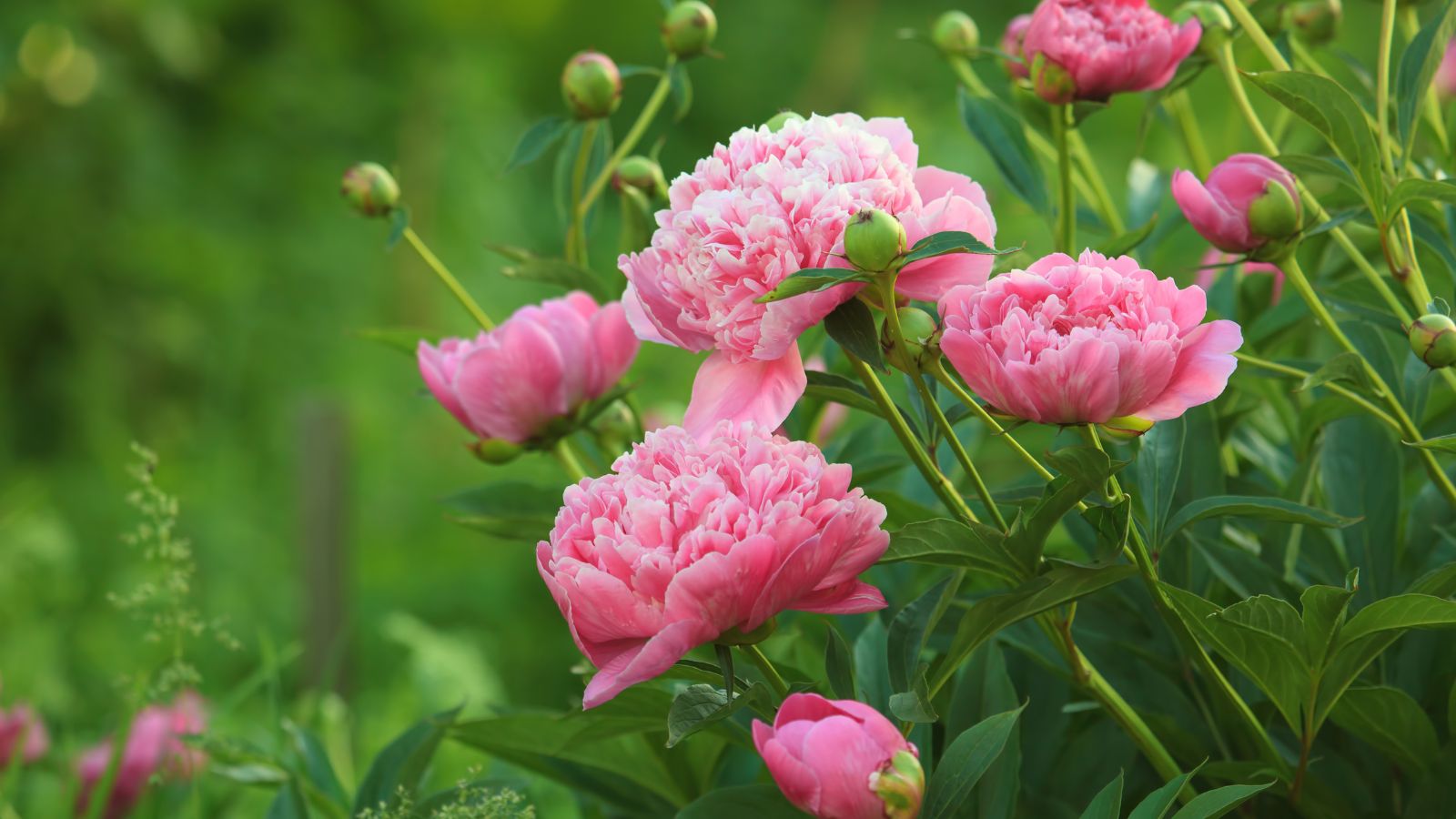
There’s something undeniably satisfying – and not to mention budget-friendly – about growing plants from seed. But even the most seasoned gardeners know that not all plants are worth the wait or the hassle when started this way. For many popular varieties, skipping the seed stage altogether can mean stronger, healthier plants and far more reliable results in your garden.
Some plants are simply too slow to mature, too fussy to germinate, or too vulnerable to pests and diseases in their early stages to make sowing seeds outdoors worthwhile, especially when your climate isn’t ideal. In these cases, opting for established plants, cuttings, or grafted specimens is often the smarter, more successful choice.
To help you avoid disappointment and wasted effort, we’ve compiled a guide to the plants you should never grow from seed, organized by US hardiness zones to suit your region.
Zone 3-4: Cold Northern Regions
Examples: Northern Minnesota, North Dakota, parts of Maine, Montana
1. Garlic
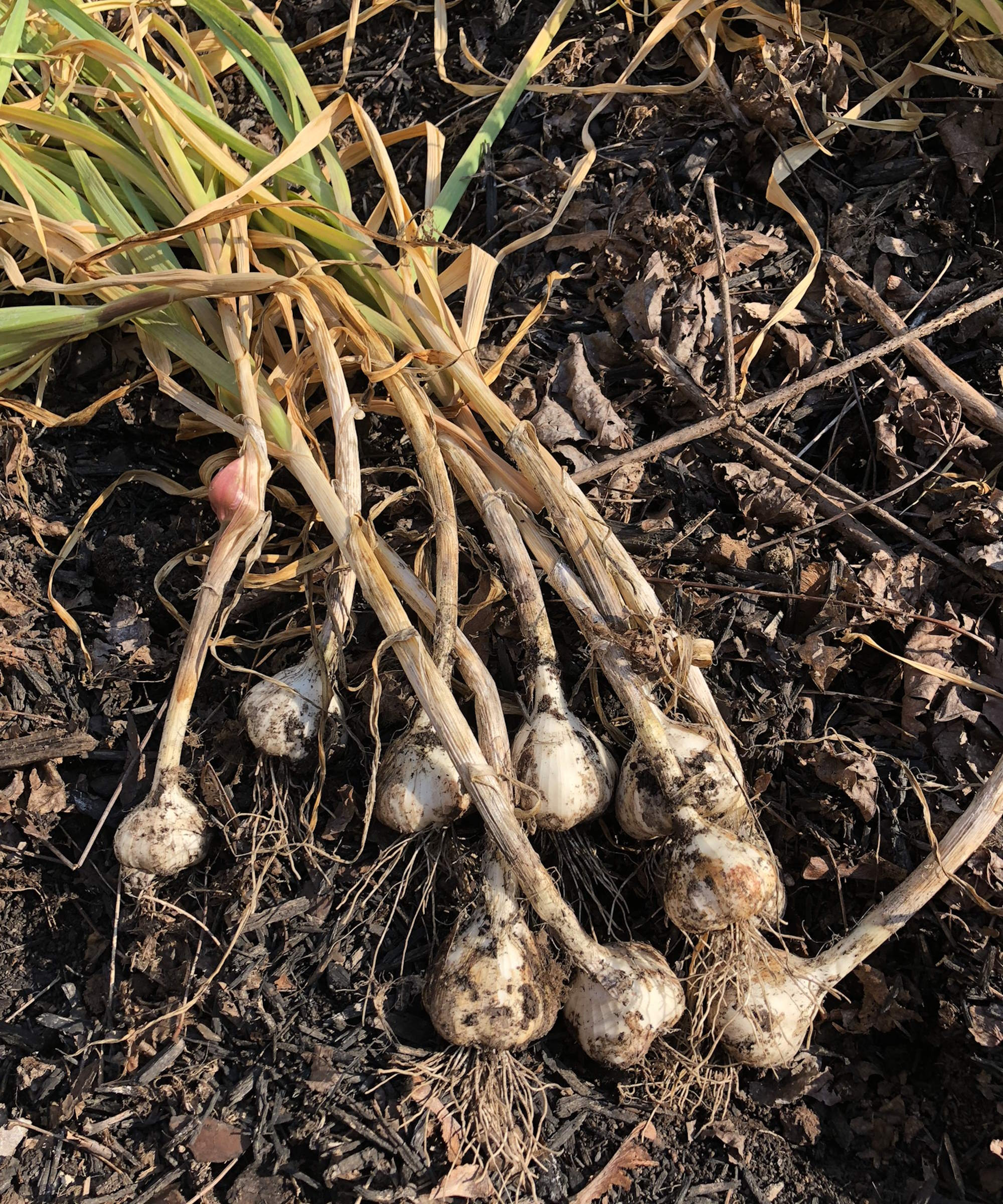
Growing garlic from seed is notoriously unreliable and slow, and not to mention, it's difficult to find garlic seeds.
It is better to plant individual cloves instead, which are clones of the parent plant and mature much faster. For the best results, plant garlic cloves in the fall; they establish over winter and produce mature, flavorful bulbs by late spring or early summer.
Master gardener and owner of Pike Lane Gardens Adam Weiss, elaborates: 'At the end of the season, plant individual cloves, tip-up, spaced about 5 inches apart. The garlic will overwinter in the ground, and about five months later, you’ll be harvesting beautiful bulbs. There are at least 1,200 varieties of hardneck garlic, each with its own flavor profile, so have fun experimenting with different types!'
Design expertise in your inbox – from inspiring decorating ideas and beautiful celebrity homes to practical gardening advice and shopping round-ups.
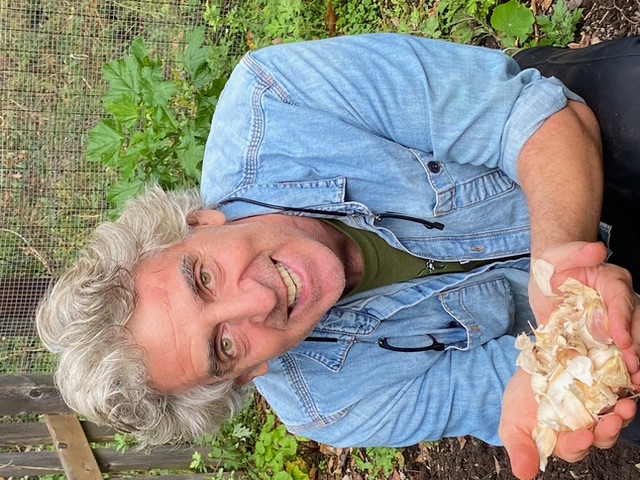
Master gardener and owner of Pike Lane Gardens. Adam is truly passionate about vegetable gardening. He has created a wellness & sustainability brand for forward-thinking companies and teaches online and in-person workshops to brands around the country.
2. Potatoes
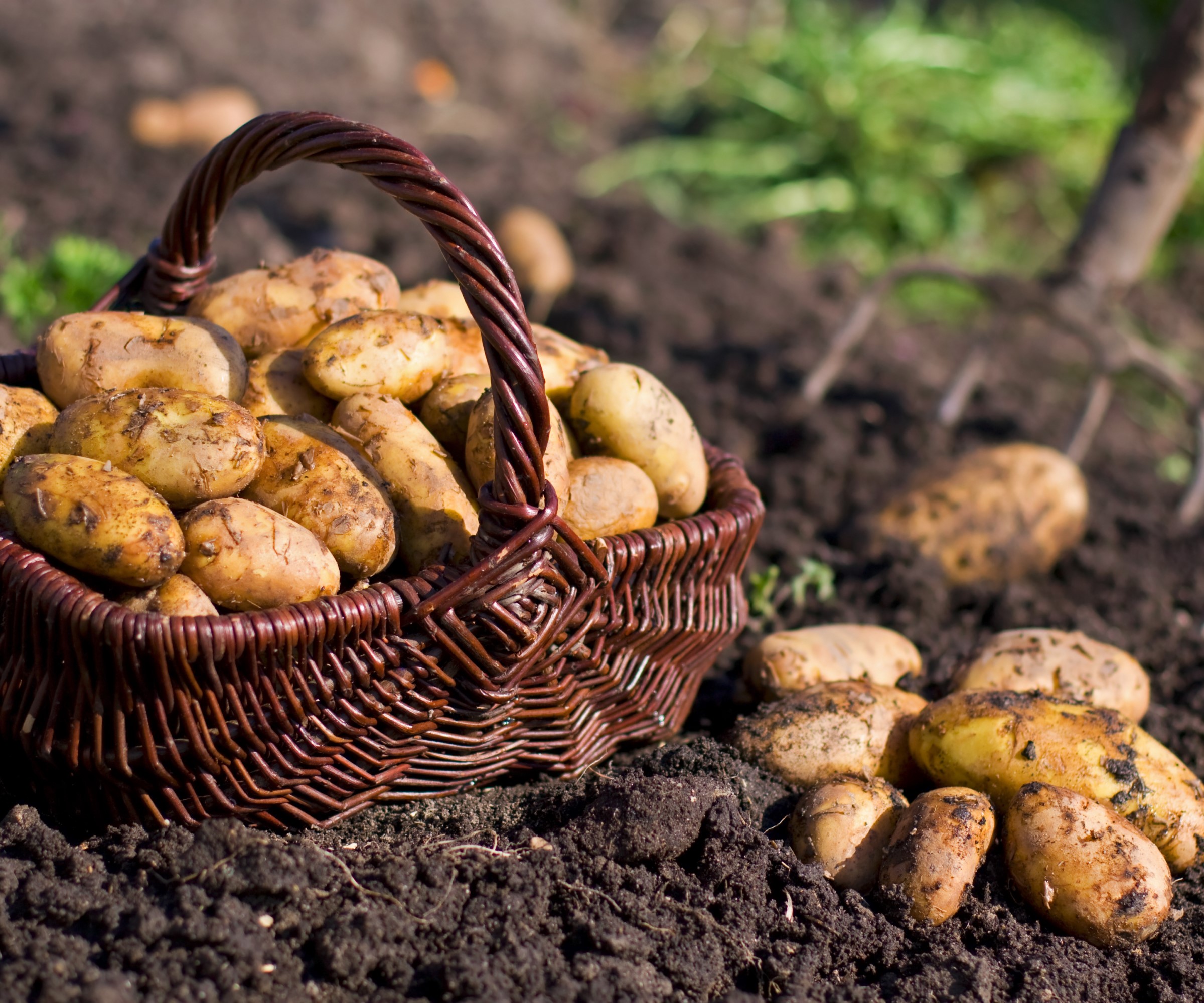
Potatoes are grown from seed potatoes, not true seed. True potato seed doesn’t grow true to type, and it takes longer to produce a harvest.
As Edwin Dysinger, co-founder of SeedTime explains, ‘Potatoes are grown from a potato tuber, called a "seed potato". They are generally smaller potatoes, although large ones can be used. If a large "seed potato" is used, it can be cut into two or more pieces, as long as each piece has an "eye". The eye is where a sprout will grow.'
Instead, use certified seed potatoes, either whole or cut into pieces with at least one eye each. Growing potatoes this way ensures reliable growth, preserves variety traits, and produces a much quicker harvest.

Edwin Dysinger is a farmer, gardener, and co-founder of Seedtime, a visual garden planning app designed to make growing easier and more efficient. Drawing from years of hands-on experience, Edwin is passionate about helping others simplify their gardening journey with tools built by growers, for growers.
3. Artichoke
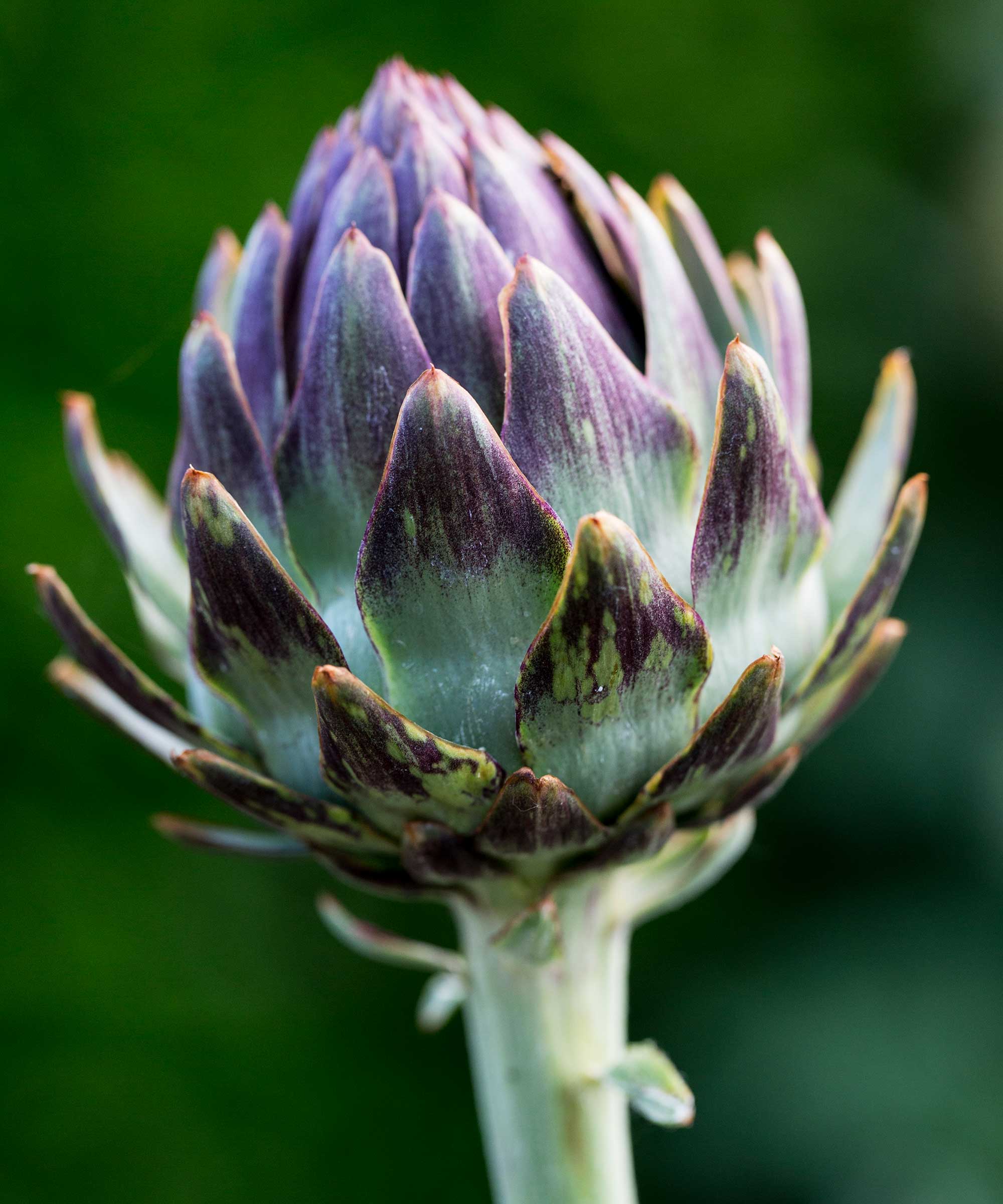
Artichokes are naturally perennial in warmer climates but you must grow artichokes as annuals in zones 3 to 4. Starting them from seed delays maturity so much that the plant often won’t produce before frost. They require over 100 frost-free days to yield even one edible bud, making seed-starting impractical in many northern gardens..
Nikki McAteer, Marketing Manager at Perfect Plants Nursery, says: ‘We suggest purchasing established artichoke plants to shorten the growing season. This approach provides a better chance of success in getting those delicious artichokes.’
For best results, start seeds indoors 10–12 weeks before your last frost date under grow lights – or skip the hassle and buy young plants from a nursery, which is often the simplest and most effective option for northern gardeners.

Nikki is the Marketing Manager at Perfect Plants Nursery, where she blends her love for plants with over six years of marketing experience. Her favorite plant – the Fuyu Persimmon Tree – reflects her passion for helping others grow beauty and abundance in their own backyards. With a focus on customer satisfaction and an eye for inspiration, Nikki brings energy, insight, and a green thumb to every project.
4. Lavender
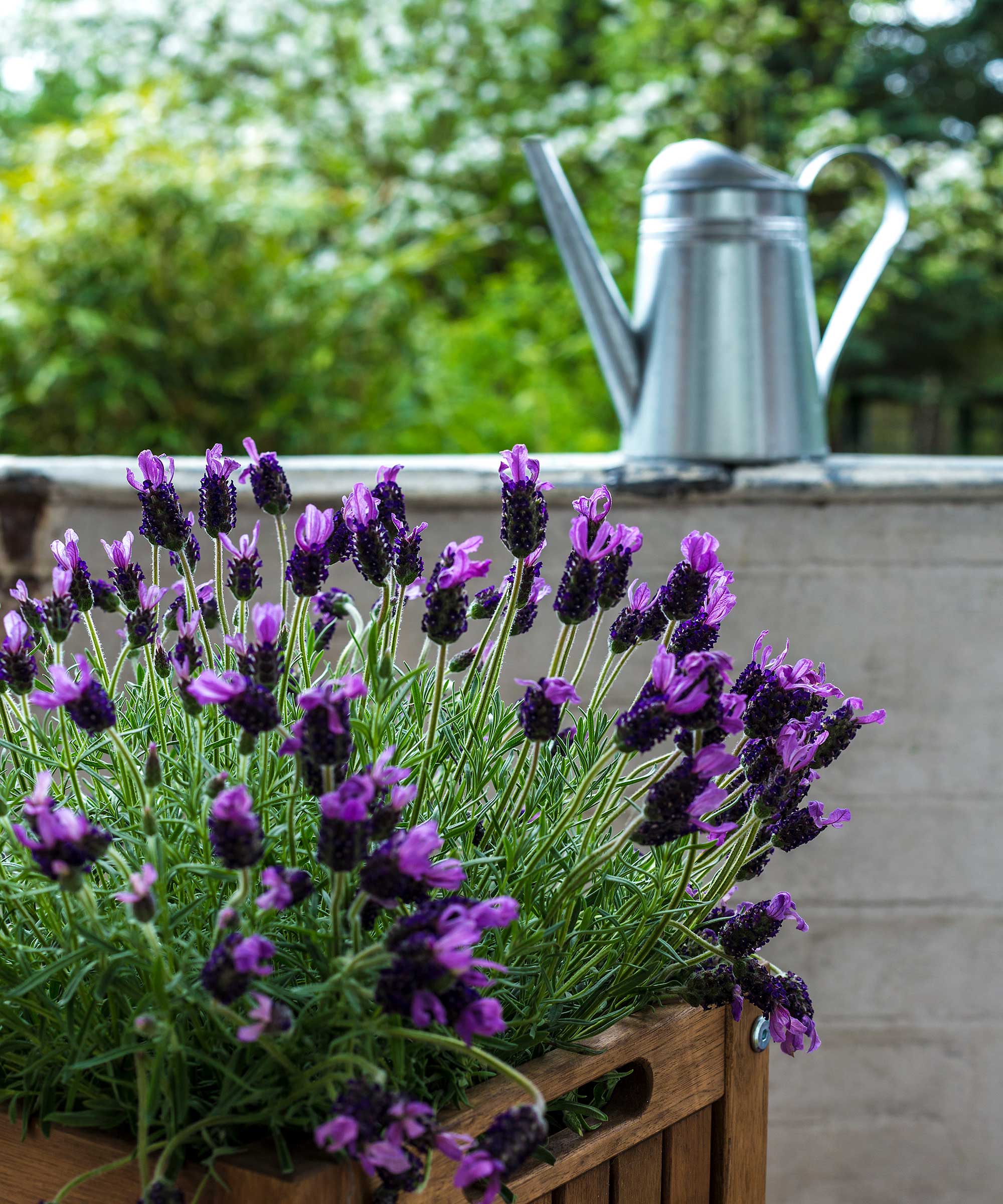
Planting lavender seeds can mean notoriously low germination rates since they require warm, consistent conditions to sprout – something gardeners in zones 3 to 4 often struggle to provide without a dedicated indoor setup. Even if seeds do germinate, lavender grows slowly and is highly sensitive to frost, meaning seedlings often won’t mature before winter returns.
A better alternative for growing lavender is to buy established plants from a nursery or propagate from cuttings. These methods save time and result in stronger, more resilient plants that are better suited to short growing seasons. To make transplanting and propagation even easier, a reliable tool set like this 8-piece heavy-duty garden kit from Walmart can be a game-changer – perfect for both beginners and seasoned gardeners.
5. Rosemary
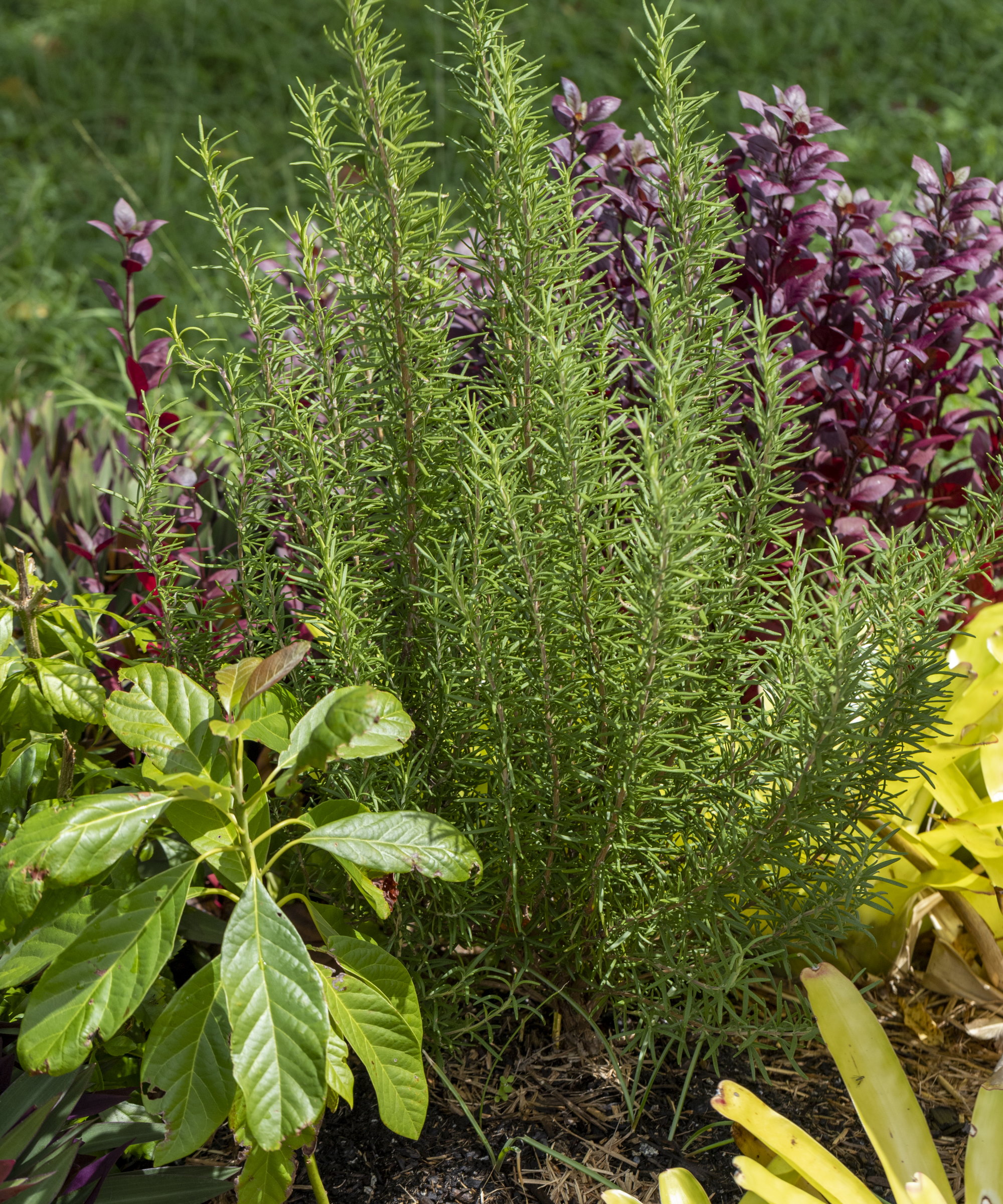
Rosemary is a notoriously slow and erratic germinator – it can take up to 25 days to sprout, and many seeds never germinate. Young plants are very sensitive to overwatering and cold temperatures.
Nikki advises: ‘It's best to propagate rosemary from stem cuttings.’ Start from a rooted cutting or small plant, which grows faster and is more likely to thrive in a short season.
For gardeners in colder zones, using a portable cloche-style greenhouse like the Quictent mini greenhouse from Walmart can help extend the growing window and protect tender rosemary starts from late frosts.
Zones 5–6: Upper Midwest & Northeast
Examples: Chicago, Boston, Denver, Philadelphia
6. Peonies

Peonies grown from seed take five to seven years to bloom and may not resemble the parent plant. The seeds require stratification and often don’t germinate until the second spring.
A better option when growing peonies is to plant bare-root divisions or propagate peonies grown in containers for blooms in one to two years.
Zone 7-8: Mid-South, Mid-Atlantic, PNW
Examples: Tennessee, Virginia, Oregon
7. Asparagus
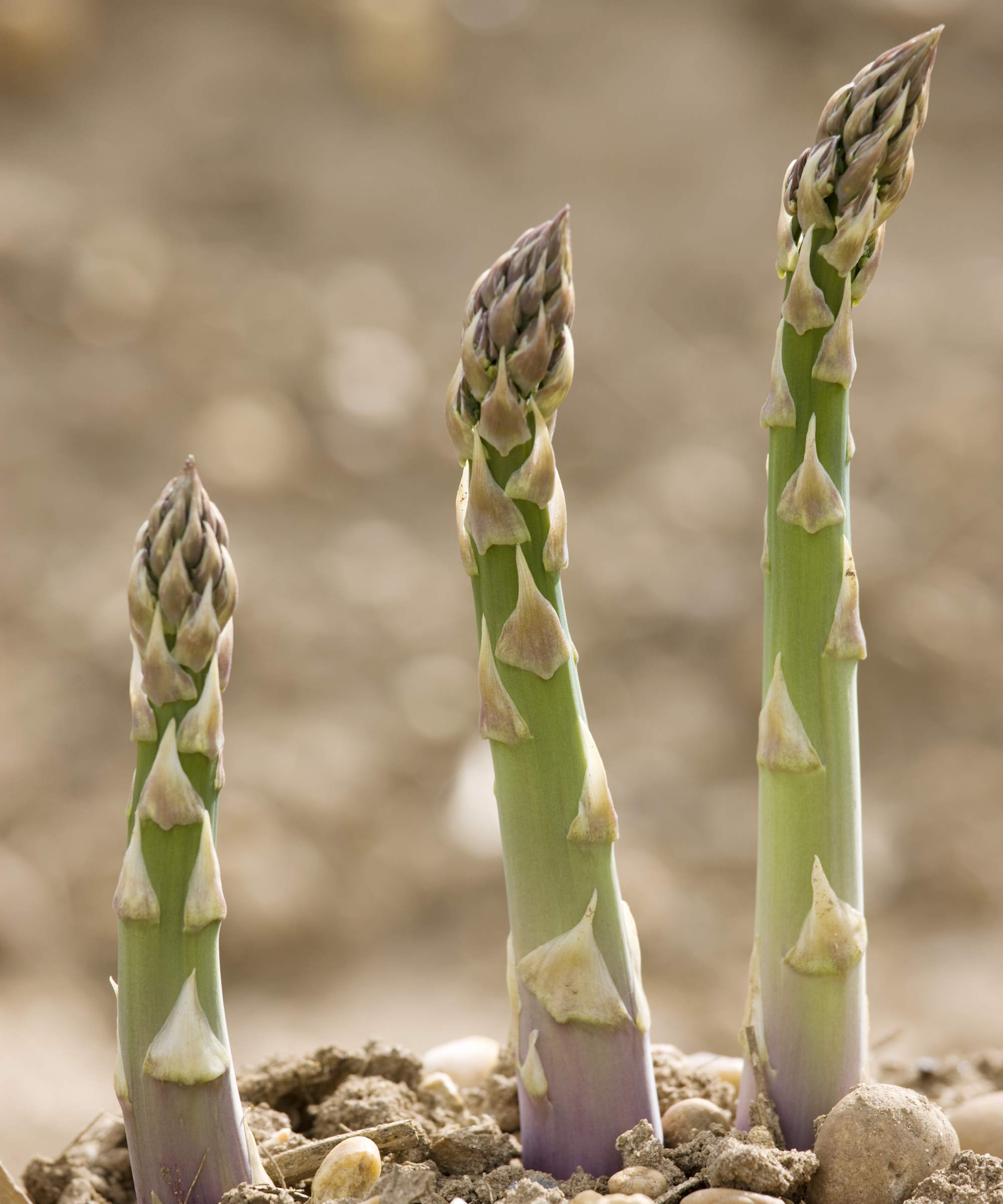
‘Asparagus can be planted from seed, but it will be at least two years before you can harvest,' warns Edwin Dysinger.
If you are growing asparagus, instead you need a different approach.
'Asparagus is usually planted as one-year-old crowns, one to two weeks before the last frost. They can be harvested the next year for seven to 10 days. The second year after planting, they can be harvested for two to three weeks. The third and following years after planting, asparagus can be harvested for up to six weeks.’
8. Hydrangea
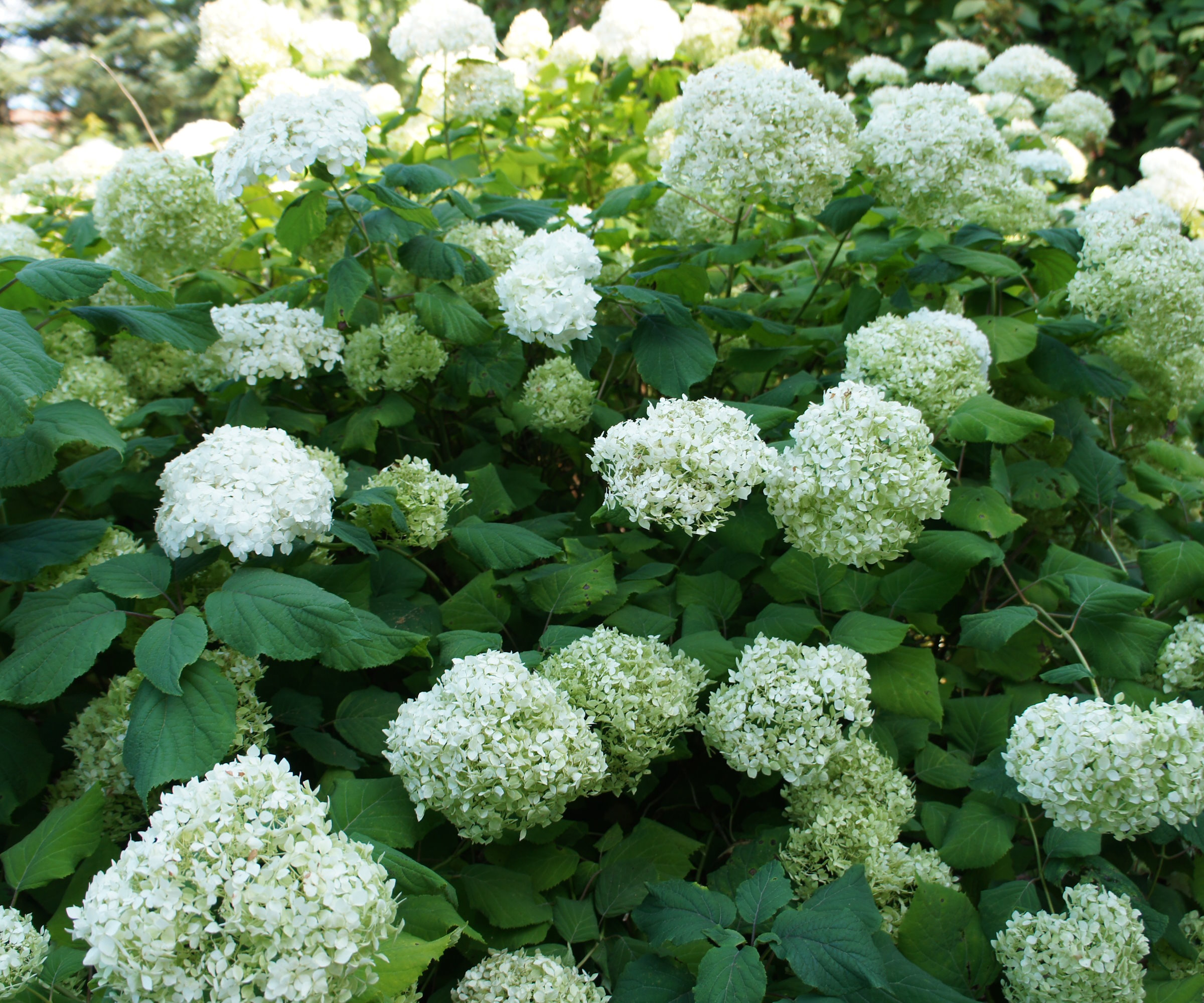
‘Hydrangeas are known for their stunning blooms, but starting them from seed in Zone 7 to 8 can be tricky due to their slow germination and growth rates,’ says Nikki.
Even with ideal care, seedlings can take two to three years to reach flowering size, and the blooms may not resemble the parent, especially with hybrids. Inconsistent germination and difficulty handling the seeds make them frustrating, even for experienced gardeners.
Instead, grow hydrangeas successfully by buying a potted plant or take softwood cuttings in spring from a healthy parent. This ensures you're getting a reliable, named cultivar that will bloom within the first or second season, often with much less maintenance and guesswork.
Zone 9-10: Deep South, Coastal California, South Florida
Examples: Miami, San Diego, Houston, New Orleans
9. Mint
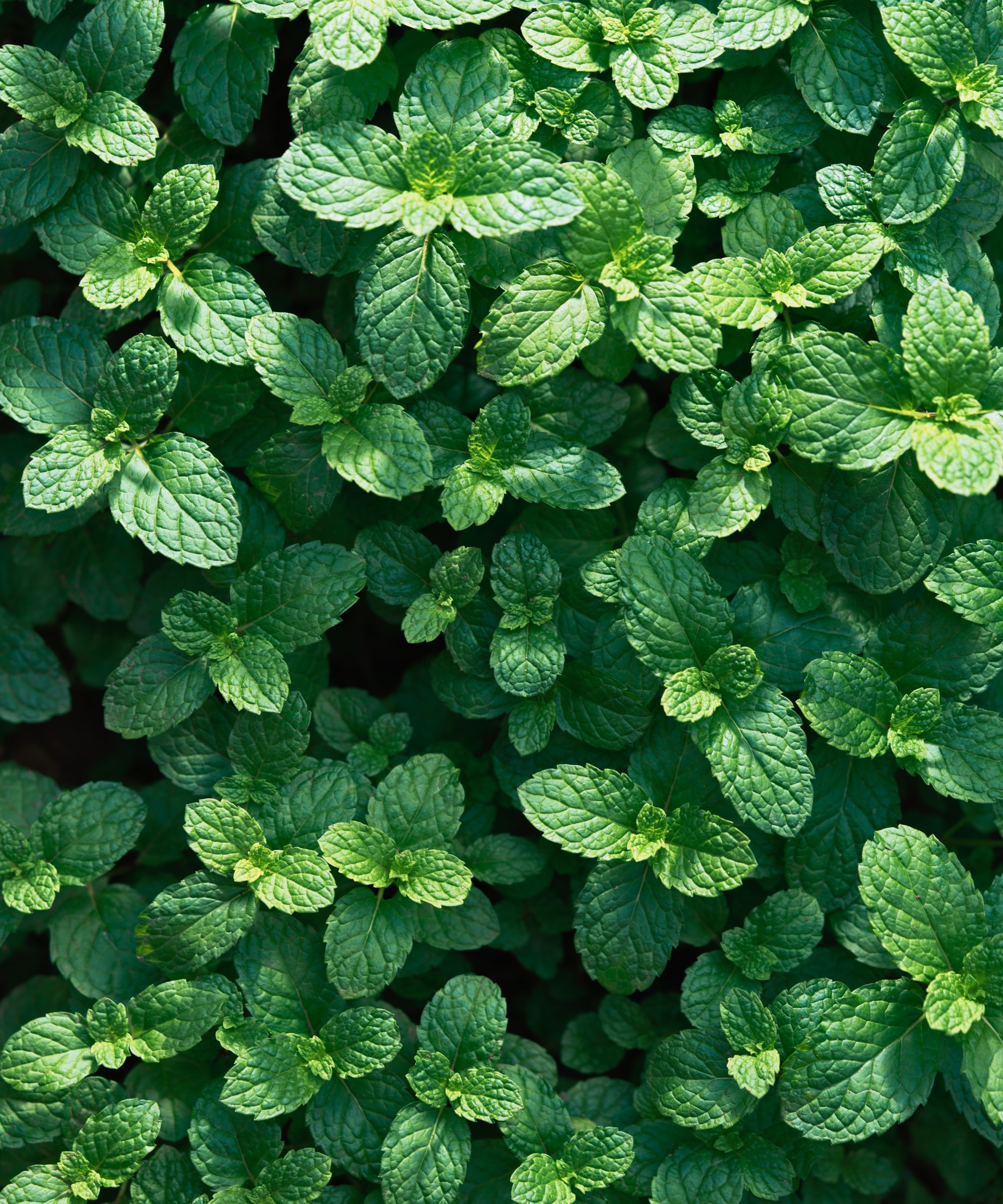
‘Mint seeds often don't grow true to type and can produce weak or undesirable flavors,' warns Michael Clarke is the founder of Yardwork and Pulled.
'Propagating mint from cuttings or root divisions is the best way to ensure you get the same strong, aromatic variety."

Michael Clarke is the founder of Yardwork and Pulled, the online platforms for everything home and garden. He has a degree in landscape architecture and horticulture from the University of California Davis. He was previously the founder of a landscape development and maintenance company.
So, when are seeds the right choice? They’re perfect for fast-growing flowering annuals like zinnias, and sunflowers, as well as heirloom veggies such as lettuce. However, for long-maturing perennials, tricky germinators, or plants with unpredictable genetics, opting for transplants, cuttings, or sets is often a more reliable and quicker solution.
Understanding when to choose seeds and when to use alternatives can make all the difference in ensuring a successful garden.

Lola Houlton is a news writer for Homes & Gardens. She has been writing content for Future PLC for the past six years, in particular Homes & Gardens, Real Homes and GardeningEtc. She writes on a broad range of subjects, including practical household advice, recipe articles, and product reviews, working closely with experts in their fields to cover everything from heating to home organization through to house plants. Lola is a graduate, who completed her degree in Psychology at the University of Sussex. She has also spent some time working at the BBC.